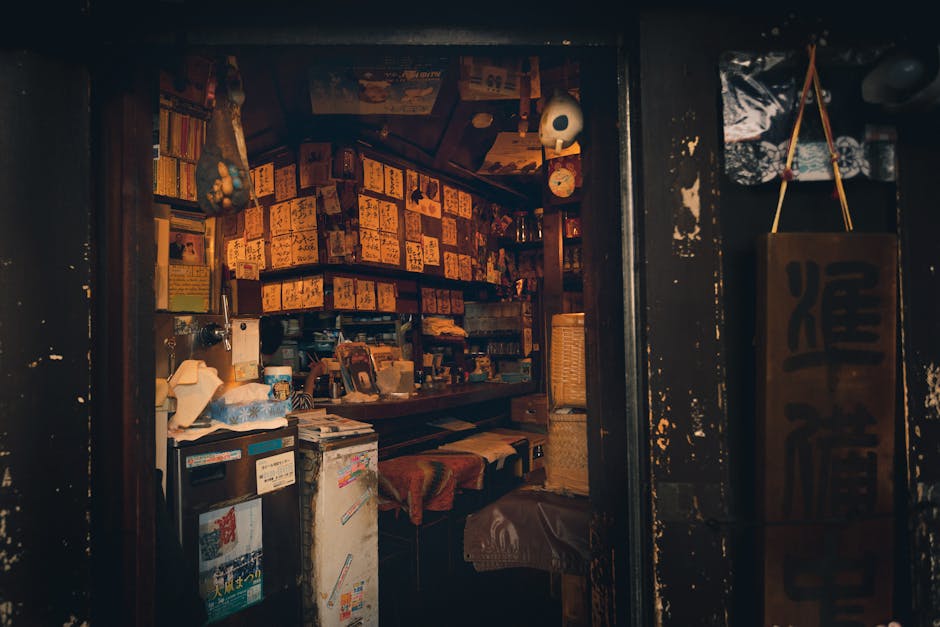
Step back in time, if only for a moment, to a land forged by fire and tempered by the will of formidable warriors. In the heart of Satsuma, a region steeped in the dramatic sagas of Japan’s Sengoku period, history doesn't merely reside in dusty tomes – it pulses with life during the annual Autumn Grand Festival. Here, at a revered shrine enshrining a Sengoku warlord, an electrifying traditional performance known as the "Kingosama Odori" takes center stage, imbued with a spirit captured by the exhortation: "跳べ跳べ高く" (Jump, jump high)!
Satsuma's Indomitable Spirit: The Legacy of Shimazu Yoshihiro
To truly appreciate the "Kingosama Odori," we must first journey to the tumultuous era of the Warring States, a time when Japan was a mosaic of warring domains. Satsuma, in Kyushu, was the stronghold of the formidable Shimazu clan, a lineage renowned for their fierce independence and military prowess. Among them, one figure stands as a colossus: Shimazu Yoshihiro (1535-1619).
Yoshihiro was not merely a warrior; he was a master tactician, a leader who inspired unwavering loyalty, and a man whose resilience became legendary. His campaigns spanned decades, from the unification of Kyushu under his clan's banner to the brutal Korean invasions. But perhaps his most famous, and certainly most dramatic, moment came at the Battle of Sekigahara in 1600. Allied with the losing Western Army, Yoshihiro found himself surrounded, his forces decimated. Yet, instead of surrendering, he executed one of the most audacious retreats in Japanese history, a "devil's charge" straight through the enemy lines, cutting a path to survival against impossible odds. This act of sheer defiance, combined with his strategic brilliance, cemented his reputation as a warrior beyond compare.
It is this very "Sengoku Bushō" (Sengoku warlord) – Shimazu Yoshihiro, often referred to with reverence as "Kingosama" in local tradition – who is enshrined and celebrated at the "戦国武将祭る神社" (shrine enshrining a Sengoku warlord) in Satsuma. This sacred site serves not just as a place of worship but as a living monument to the clan's spirit and Yoshihiro's enduring legacy.
The Kingosama Odori: A Dance of Heritage and High Jumps
The Autumn Grand Festival (秋季大祭) is the occasion for the grand spectacle of the "Kingosama Odori" (金吾様踊り). This isn't just a dance; it's a vibrant, physical embodiment of the warrior spirit, passed down through generations. Imagine the scene: as autumn leaves begin to turn, the shrine grounds buzz with anticipation. Dancers, often adorned in traditional attire, gather, ready to perform a series of dynamic movements that tell a story of bravery, resilience, and homecoming.
The air crackles with energy as the music begins. The rhythm is infectious, the movements robust. It’s here that the spirit of "跳べ跳べ高く" (Jump, jump high) truly comes alive. Spectators, caught up in the fervor, offer "踊り手にゲキ、笑い誘う" (exhortations to dancers, inviting laughter and cheer). This isn't a silent, solemn performance; it's a boisterous celebration where the community actively participates, encouraging the dancers to leap higher, move with more vigor, and channel the very essence of their warrior ancestor.
This year, the festival saw "7団体の舞が一堂に" (dances by 7 groups gathered together), a testament to the dance's enduring popularity and the communal effort to preserve this unique cultural heritage. Each group, while adhering to the core traditions, brings its own nuanced interpretation, ensuring the "Kingosama Odori" remains a dynamic and evolving art form.
From Battlefield to Festival Ground: Impact on the Present Day
The "Kingosama Odori" and the Autumn Grand Festival in Satsuma are more than just historical reenactments; they are vital threads connecting the past to the present. They remind us that history is not merely a collection of dates and names, but a living narrative of human endeavor, courage, and perseverance. The strategic brilliance of Shimazu Yoshihiro, his dramatic retreat from Sekigahara, and his unwavering spirit are not confined to textbooks; they are celebrated in the leaps and bounds of the dancers, in the enthusiastic shouts of the crowd.
In an age of rapid change, the preservation of traditions like the "Kingosama Odori" offers a powerful anchor to cultural identity. It fosters a sense of community, instills pride in local heritage, and provides a tangible link to the dramatic lives of those who shaped the land. The "跳べ跳べ高く" spirit, urging dancers to reach for the sky, transcends its historical origins. It becomes a metaphor for striving for excellence, overcoming challenges, and embracing life with passion – lessons that resonate just as strongly today as they did in the tumultuous Sengoku period.
To witness the "Kingosama Odori" in Satsuma is to feel the echoes of samurai drums, to breathe the spirit of resilience, and to be reminded that even in our modern world, the drama and courage of history continue to inspire us to jump, jump high.
Comments
Post a Comment